We hope you love the products we recommend! Just so you know, all products featured here are independently selected by our editors and writers. If you buy something through links on our site, we may earn an affiliate commission at no cost to you. Thank you if you use our links, we really appreciate it!
Best Cat Food for Diabetes: The Ultimate Guide 2023
Introduction
As cat owners, we want to provide our furry companions with the best nutrition possible, especially if they have a health condition like diabetes. Just like in humans, diabetes in cats requires careful management, and diet plays a crucial role in keeping their blood sugar levels stable.
In this guide, we’ll discuss the best diabetic cat foods on the market and what to look for when choosing one for your cat.
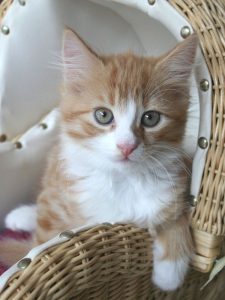
Understanding Diabetes in Cats
Before we dive into the best cat food for diabetes, it’s important to understand what diabetes is and how it affects our feline friends.
Diabetes on cats is a condition in which the body is unable to produce or use insulin properly. Insulin is a hormone produced by the pancreas that helps regulate the level of glucose (sugar) in the blood.
When cats become diabetic, their bodies can’t use insulin properly, resulting in high blood sugar levels.This condition can lead to a variety of health problems , including blindness , kidney failure, and nerve damage. In cats, diabetes typically develops in middle-aged and older cats.
Best Cat Food for Diabetes
- Very low carbohydrate to help reduce blood glucose variation.
- Clinically proven to help reduce insulin requirements in diabetic cats.
- Increased vitamin E to reduce the oxidative stress associated with diabetes.
Editor Choice!
- Clinically proven to help reduce insulin requirements in some diabetic cats
- Low in carbohydrates to help reduce blood glucose fluctuations.
- Increased levels of vitamin E to reduce oxidative stress
Causes of Diabetes in Cats
The cause of diabetes in cats is not well understood, but several factors are thought to play a role. These include genetics, obesity, and a sedentary lifestyle.
In some cases, certain medications and other medical conditions can lead to the development of diabetes in cats.
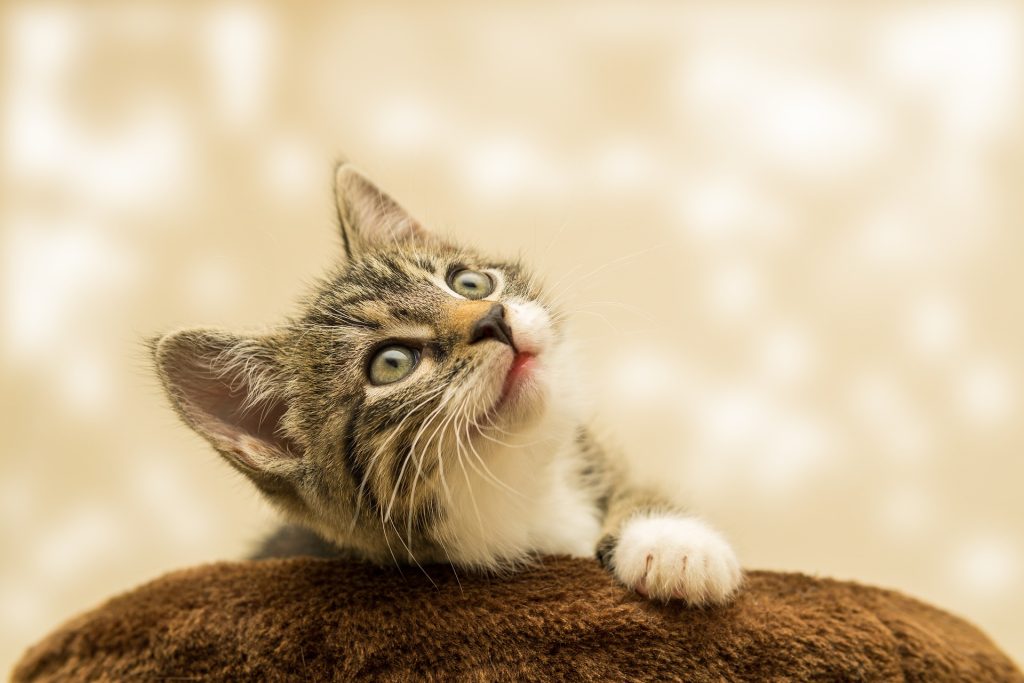
Symptoms of Diabetes in Cats
Symptoms of diabetes in cats include:
• Increased thirst and Frequent urination
• Weight loss
• Increased appetite
• Lethargy or lack of energy
• Cloudy eyes
• Recurrent urinary tract infections
• Poor coat condition
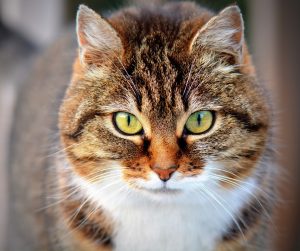
Managing Diabetes in Cats
Once your cat has been diagnosed with diabetes, managing their condition becomes a top priority. The good news is that with the right treatment and care, many cats with diabetes can live long and healthy lives .
Here are some ways to manage your cat’s diabetes:
1. Insulin Injections – Most cats with diabetes require insulin injections to regulate their blood sugar levels. Your vet will determine the right dose and frequency of insulin based on your cat’s needs.
3. Exercise – Encouraging your cat to exercise can help them maintain a healthy weight and regulate their blood sugar levels.
4. Regular blood glucose monitoring

Potential Complications of Feline Diabetes
1. Hypoglycemia
One of the most immediate and severe complications of feline diabetes is hypoglycemia, a sudden drop in blood sugar levels. This can occur if your cat receives too much insulin or skips a meal.
Symptoms of hypoglycemia include lethargy, disorientation, seizures, and coma. If you suspect your cat is experiencing hypoglycemia, seek immediate veterinary care.
2. Diabetic Ketoacidosis
Diabetic ketoacidosis (DKA) is a potentially life -threatening complication of feline diabetes. This occurs when the body breaks down fat instead of glucose for energy, leading to the accumulation of ketones in the blood.
Symptoms of DKA include vomiting, dehydration, weakness, and rapid breathing. DKA requires immediate veterinary intervention.
3. Neuropathy
Prolonged high blood sugar levels can cause nerve damage in cats, resulting in a condition called neuropathy.
Symptoms of neuropathy include weakness in the hind legs, difficulty jumping, and loss of bladder control. While neuropathy is not life-threatening, it can significantly impact your cat’s mobility and quality of life.
4. Infections
Cats with diabetes have weakened immune systems, which makes them more prone to infections.
Common infections in cats with diabetes include urinary tract infections, skin infections, and dental infections. These infections can be challenging to treat and may require prolonged antibiotic therapy.
5. Cataracts
Cataracts are a common complication of feline diabetes. High blood sugar levels can cause the lens in the eye to become cloudy, leading to impaired vision or blindness. While cataracts can be surgically removed, the procedure can be expensive and may not fully restore your cat’s vision.
Choosing the Best Cat Food for Diabetes
1. Carbohydrate Content: Look for cat food that has a low carbohydrate content. Ideally , the food should contain no more than 10% carbohydrates. Make sure it contains a source of complex carbohydrates, like brown rice or sweet potatoes, rather than simple carbohydrates like corn or wheat.
2. Protein and Fat Content: A high protein , high-fat diet is best for cats with diabetes such as chicken, turkey, or fish. Look for cat food that has a minimum of 40% protein and 20% fat.
3. Ingredients: Choose cat food that has high-quality ingredients, such as whole meats and vegetables, and avoid those with fillers.
4. Fiber: Fiber helps slow the absorption of carbohydrates and also helps regulate blood sugar levels .

What to Avoid in Cat Food for Diabetes
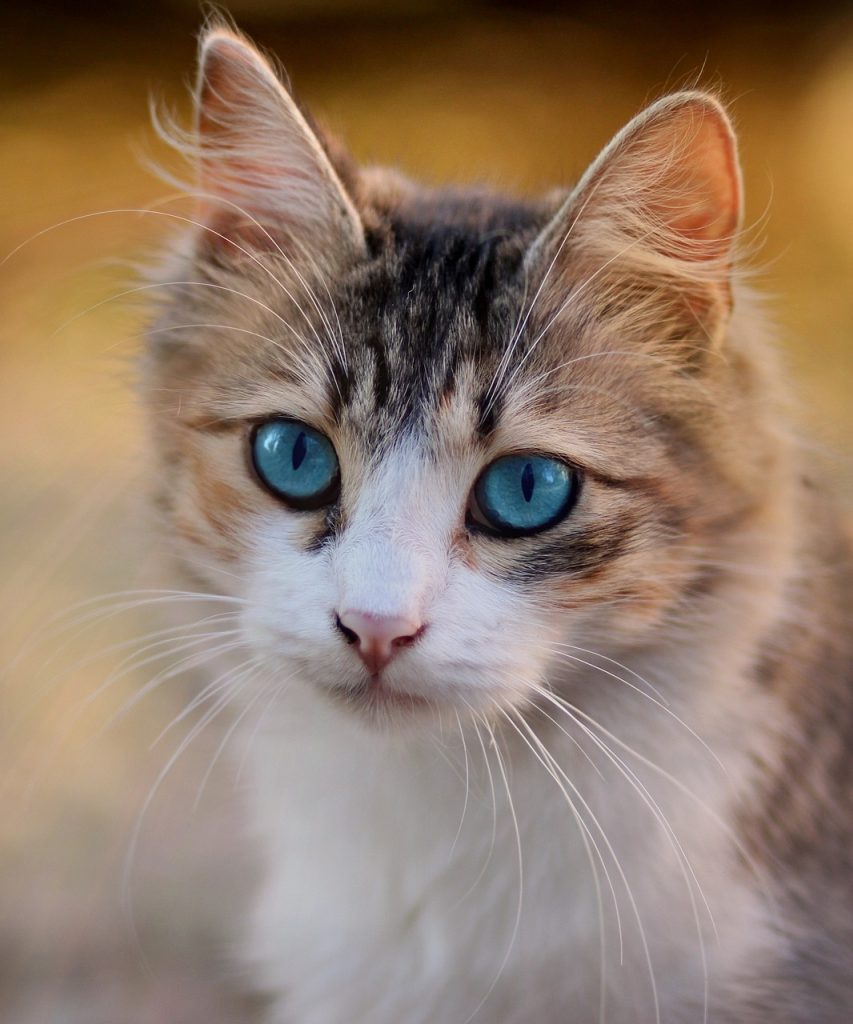
When choosing cat food for a diabetic cat , it’s important to avoid certain ingredients that can be harmful. Ingredients to stay away from include:
1. High Carbohydrates: As we mentioned earlier , high carbohydrate content can cause a spike in blood sugar levels , which can be dangerous for diabetic cats.
2. Grains: Grains are often used as fillers in cat food ,but they’re also high in carbohydrates .They can also be difficult for cats to digest, which can lead to other health problems .
3. Artificial Sweeteners: Artificial sweeteners ,such as xylitol, can be toxic to cats and should be avoided at all costs.
Types of Cat Food for Diabetes
There are several types of cat food that are suitable for cats with diabetes .These include :
1. Wet cat food :
Wet cat food is an excellent choice for cats with diabetes because it’s high in protein and low in carbohydrates. It also contains a high moisture content ,which can help prevent urinary tract infections and other health problems .
2. Dry Cat Food :
Dry cat food is another option for cats with diabetes , but it’s important to choose a high -quality brand that’s low in carbohydrates. Look for a product that’s made with real meat as the primary ingredient and avoid those that contain grains or fillers.
3. Prescription Cat Food :
If your cat has been diagnosed with diabetes , your veterinarian may recommend a prescription diet.
These are specially formulated to meet the nutritional needs of cats with diabetes and can help regulate their blood sugar levels.
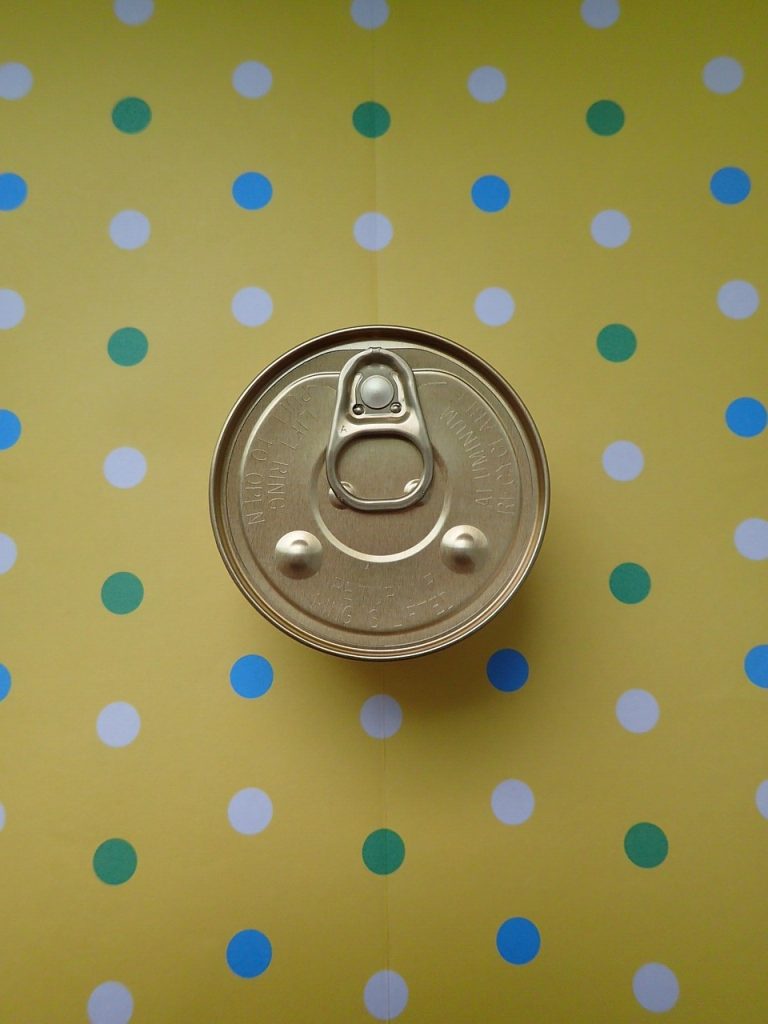
Monitoring your cat's blood sugar levels at home
1. One of the most common tools for monitoring blood sugar levels is a glucometer. A glucometer is a device that measures the amount of glucose in a small sample of blood.
To use a glucometer , owners must collect a small sample of blood from their cat’s ear, paw pad, or lip using a lancet, which is a small needle used to puncture the skin. The blood is then placed on a test strip, which is inserted into the glucometer to give a blood glucose reading.
There are several types of glucometers available, including ones specifically designed for cats . Your veterinarian can help you choose a glucometer that is right for your cat and show you how to use it properly.
2. Another tool for monitoring blood sugar levels is a continuous glucose monitoring (CGM) system. CGM systems are typically used in humans with diabetes , but they are becoming more common in veterinary medicine.
A CGM system uses a small sensor inserted under the skin to measure blood glucose levels throughout the day. The data is then transmitted to a receiver or smartphone app, allowing owners to monitor their cat’s blood glucose levels in real-time.
CGM systems can be expensive, and they require regular calibration and maintenance. However , they can be a valuable tool for owners who want to closely monitor their cat’s blood sugar levels and adjust their insulin dosage or diet accordingly.
In addition to using a glucometer or CGM system, owners can also monitor their cat’s blood sugar levels by observing their behavior and symptoms.
Some common symptoms of low blood sugar (hypoglycemia) in cats include weakness, disorientation, lethargy, and seizures. Symptoms of high blood sugar (hyperglycemia) can include increased thirst, urination, and appetite, as well as vomiting and diarrhea.
Owners should work closely with their veterinarian to develop a monitoring plan that works for their cat. Your vet can help you choose the best tools for monitoring your cat’s blood sugar levels at home and provide guidance on how to interpret the results and adjust your cat’s treatment plan accordingly.
In conclusion , monitoring your cat’s blood sugar levels at home is an important part of managing their diabetes. With the right tools and guidance from your veterinarian, you can help keep your furry friend healthy and happy for years to come.
Frequently Asked Questions about Feeding Cats with Diabetes

Q: Can cats with diabetes eat wet food?
Yes, cats with diabetes can eat wet food. However , it’s important to choose a wet cat food that’s low in carbohydrates and high in protein.Wet cat food can also help keep your cat hydrated.
Q: How often should I feed my diabetic cat ?
Feed your cat a consistent diet : Consistency is key when it comes to managing a diabetic cat’s blood sugar levels. It’s important to feed your cat the same type and amount of food at the same time each day. This can help to regulate their blood sugar levels and make it easier to adjust their insulin dosage as needed.
Feed your cat multiple small meals throughout the day : Rather than feeding your cat one or two large meals per day,it’s better to feed them several small meals throughout the day. This can help to prevent blood sugar spikes and keep their blood sugar levels more stable.
Q: Can I feed my cat table scraps or treats?
No, avoid giving your cat treats or table scraps, treats and table scraps can be high in carbohydrates and can cause blood sugar spikes in diabetic cats. Stick to feeding your cat their regular diet and use low -carbohydrate treats sparingly.
Q: Are certain breeds more prone to developing diabetes, and if so, which ones?
A: The risk of developing diabetes in cats may be influenced by factors such as age, gender, genetics, and obesity. Certain breeds have also been identified as being more prone to developing diabetes. These include Burmese, Siamese, and Abyssinian cats, among others.
However, it’s worth noting that diabetes can affect cats of any breed or mixed breed, and not all cats within a breed are equally susceptible. It’s important for cat owners to be aware of the signs of diabetes regardless of their cat’s breed.
Q: What are the signs that a cat's diabetes is not well-managed, and what should owners do in these cases?
A: There are several signs that a cat’s diabetes may not be well -managed. These can include increased thirst and urination, decreased appetite, weight loss, lethargy, vomiting, and changes in behavior or activity levels.
If a cat’s diabetes is not well-managed, their blood sugar levels may become too high or too low, which can lead to serious health problems such as diabetic ketoacidosis or seizures.
If a cat owner notices any of these signs or suspects that their cat’s diabetes is not well-controlled, they should contact their veterinarian immediately for guidance on adjusting their cat’s treatment plan.
Q: How can owners recognize the difference between cat diabetes and other health issues that may cause similar symptoms?
A: Distinguishing feline diabetes from other health issues that may cause similar symptoms can be challenging . Some common conditions that can be mistaken for diabetes include hyperthyroidism, kidney disease, and urinary tract infections.
To help diagnose cat diabetes, veterinarians typically perform a series of tests, which may include a physical examination, blood work to measure blood glucose levels, a urinalysis, and other diagnostic imaging tests. These tests can help determine whether a cat is suffering from diabetes or another underlying condition.
It’s important for cat owners to seek veterinary care promptly if they suspect their cat is experiencing health problems to help ensure that their pet receives appropriate treatment.
Conclusion
Choosing the best diabetic cats food for your feline friend can be a daunting task, but with the right information, it doesn’t have to be. By looking for a product that is high protein and low in carbohydrates, free of artificial preservatives, colors and flavors, you can help manage your cat’s diabetes and keep them healthy for years to come.
Remember to consult with your veterinarian before making any dietary changes, and always monitor your cat’s blood sugar levels closely.
